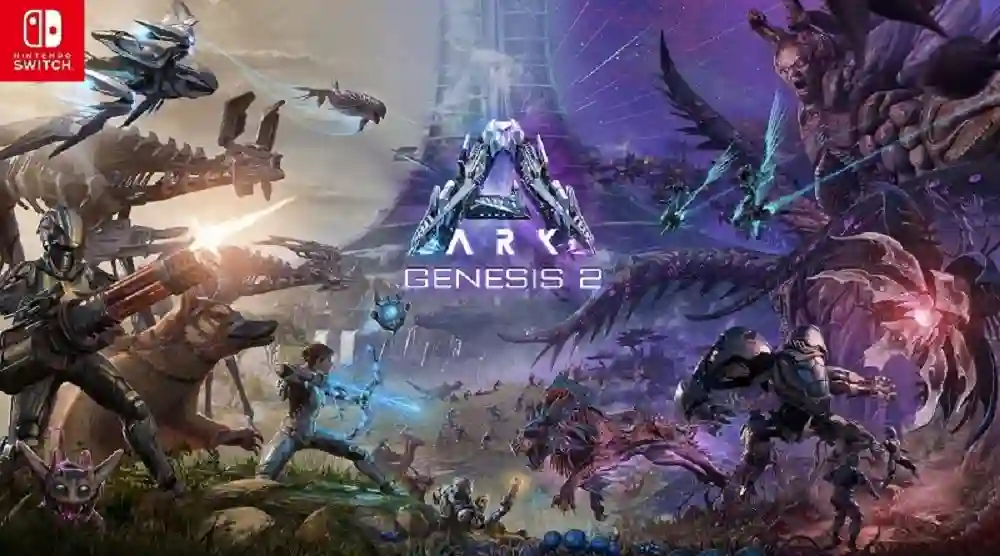
Real vs. Fiction in Survival Evolved: The Science Behind the Creatures
Introduction
In the expansive world of ARK: Survival Evolved, players are thrust into a prehistoric landscape filled with a variety of creatures, from the fearsome Tyrannosaurus rex to the majestic Argentavis. While many of these creatures draw inspiration from real-world animals and prehistoric life, ARK also infuses these beings with fantastical elements. This blending of reality and fiction raises interesting questions about the creatures’ biological and ecological feasibility. In this article, we delve into the science behind the creatures of ARK: Survival Evolved, examining how closely they align with reality and where creative liberties have been taken.
The Inspiration Behind the Creatures
Many of the creatures in ARK: Survival Evolved are based on real-life animals, both extinct and extant. The game developers took significant inspiration from paleontological records and modern biology to design these creatures. For instance, the iconic Brontosaurus is based on actual sauropod dinosaurs that roamed the Earth during the Late Jurassic and Early Cretaceous periods. These massive herbivores are known for their long necks and tails, allowing them to reach high vegetation.
However, ARK often amplifies the size and abilities of these creatures for gameplay purposes. While the Brontosaurus in the game can carry large loads and inflict significant damage, its real-world counterpart was a more docile giant, primarily feeding on plants. This exaggeration of features serves to enhance the gaming experience, providing players with a sense of awe and excitement.
The Role of Extinction and Adaptation
In addition to real prehistoric creatures, ARK: Survival Evolved introduces players to imaginative hybrids and adaptations. For instance, the game features the Chalicotherium, a creature that combines traits of modern horses and bears. While the Chalicotherium did exist during the Miocene epoch, its portrayal in the game strays into the realm of fantasy. In reality, the animal was likely much less formidable than its in-game counterpart, which can rear up on its hind legs to deliver powerful attacks.
The game also explores the concept of extinction and adaptation. Certain creatures, like the Dodo bird, are presented in exaggerated forms that emphasize their unique traits. The Dodo, now extinct, was a flightless bird that inhabited the island of Mauritius. In ARK, players can domesticate Dodos and use them for various purposes, adding a humorous twist to the bird’s portrayal. This approach highlights how extinction can inspire creative interpretations while also serving as a reminder of the fragility of ecosystems.
Hybrid Creatures and Genetic Engineering
One of the most fascinating aspects of ARK: Survival Evolved is its inclusion of hybrid creatures and genetically engineered beings. For example, the Tek creatures, which showcase advanced technology and bioengineering, introduce players to a realm where science fiction meets survival. These hybrids often possess enhanced abilities, such as increased health or unique attacks, pushing the boundaries of realism.
While genetic engineering and hybridization are real concepts in biology, the extent to which they are portrayed in ARK leans heavily into fiction. In reality, hybrid creatures are typically the result of breeding closely related species, and even then, the results can vary significantly. The creation of entirely new species through genetic manipulation, as depicted in ARK, is still largely theoretical and fraught with ethical considerations.
Ecosystems and Interactions
The ecosystems presented in ARK: Survival Evolved offer a rich tapestry of interactions between creatures, resembling real-world ecological systems. Players must navigate a complex web of predator-prey relationships, territorial disputes, and symbiotic partnerships. This aspect of the game highlights the importance of biodiversity and ecological balance, mirroring the dynamics found in nature.
For example, the presence of large predators like the Tyrannosaurus rex necessitates the existence of herbivores like the Triceratops, which in turn rely on plant life for sustenance. Such interactions are vital for maintaining the integrity of ecosystems, and ARK does a commendable job of showcasing these relationships, albeit in a stylized manner.
The Mythical and the Magical
While many creatures in ARK have real-world counterparts, the game also delves into mythical and magical elements. Creatures like the Wyvern and Dragon transcend the boundaries of known biology, introducing players to beings of pure fantasy. These creatures often possess unique abilities, such as elemental breath attacks or magical regeneration, further emphasizing the game’s fantastical nature.
The inclusion of such creatures allows ARK to appeal to players who enjoy the lore and storytelling aspects of gaming. While they lack scientific grounding, these beings contribute to the immersive experience, encouraging players to explore a world that blends myth with survival.
Conclusion
ARK: Survival Evolved presents a captivating interplay between real and fictional creatures, drawing inspiration from both the natural world and the realm of fantasy. By examining the science behind these creatures, players can appreciate the intricate design and thought that has gone into creating a vibrant, immersive experience.
While the game takes creative liberties with size, behavior, and genetics, it simultaneously reflects the complexity of ecosystems and the fragility of life. In navigating this fantastical world, players are invited to explore not only the limits of survival but also the boundaries of imagination, making ARK: Survival Evolved a unique blend of education and entertainment.
